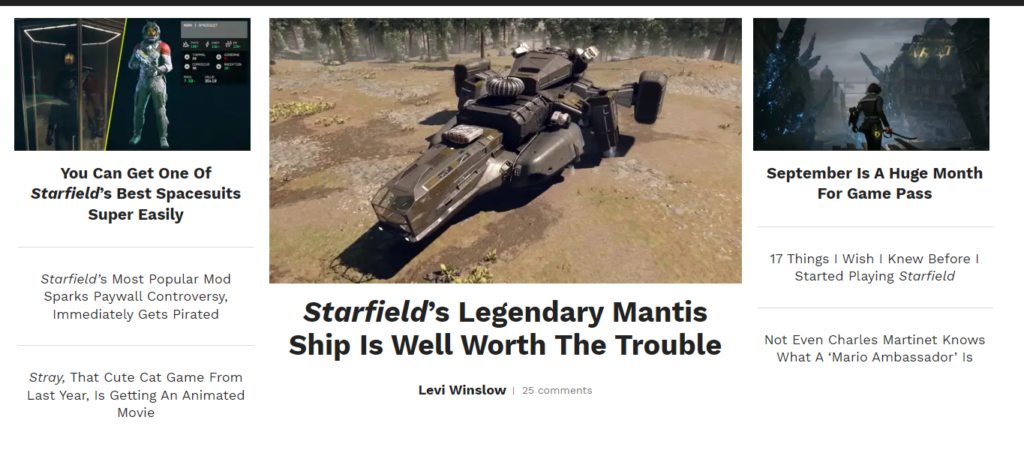Dorfromantik: The Board Game, as you might be able to tell from the title, is an adaptation of the video game Dorfromantik: Doesn’t Actually Have a Subtitle Because It Was Made First. Admittedly, capitalizing every letter in the latter half of that last sentence was a stupid bit, but it’s about the quality that this writeup is going to have, so I’m keeping it.
I’m not sure I have much useful to add about Dorfromantik: The Board Game (a name I’m going to shorten from here on out). Both versions of the game have won a billion awards, and a sold a ton of copies. Instead, I’m just going to look at a few parts of the game that raise interesting points, and then wrap up.
First though, let’s talk about the gameplay. Dorfromantik: I’m Going To Misspell This is a co-op and singleplayer board game. On a player’s turn, they do a single thing: they pick up one hexagonal tile and place it connected to other tiles. This is the only thing they will do on 98% of their turns.
Before you decide that all you need to do to win the prestigious Spiel des Jahres award is buy a hexagonal holepunch however, know that there is slightly more to the game than that. There are two types of tiles: task tiles, and generic tiles. If there are ever fewer than three task tiles on the board, the player must draw a task tile on their turn. Otherwise it must be a generic tile.
When you place a task tile, you also place a score token on top it. This is the number of items that need to be connected to score that tile.

For example, in the above image, the river has a 6-task on it. This means that you need a total of 6 connected rivers to score the task tile, and it currently has 4 connected rivers. The wheat on the left side however, only needs 4 connected wheat fields, and currently only has 2.
I’m skipping over a lot of ways of earning points, but this is the core gameplay. Pick up tile, play tile. Rinse, repeat, and try to maximize score by maximizing the number of score tokens you can remove before you run out of other tiles (among other unmentioned strategies). This brings up the first point: it’s kind of odd to me that this is considered a co-op game.
Don’t get me wrong. That’s not a bad thing. But Dorfromantik: The Are You Tired Of This Joke Yet is inherently multiplayer in the same sense that Sudoku is inherently multiplayer. There’s no individual resource, score or value whatsoever.
The game says it’s for up to six players, but there’s no difference in mechanics between a 6 player game, and a 60 player game, outside of maybe inconvenience. Unlike something like Beacon Patrol, Dorfromantik doesn’t even try to pretend to be a distinctly multiplayer experience.
The other interesting thing about Dorfromantik is that it’s a “Campaign Game.” It’s apparently not a “Legacy Game” because you don’t destroy the pieces.
In reality, all that means is that you unlock extra things, but you don’t get to eat any delicious juicy cardboard. While in theory you could put everything back into the tiny boxes it came with and start a new campaign, you’re probably not going to. Or at least I’m not going to.
Editor’s Note: Dorfromantik has put some thought into facilitating multiple campaigns at the same time by providing a pad of “campaign sheets” where different groups can track their respective campaign progress, but it would still be a hassle to sort out the unlocked components every time.
Look, I don’t see myself playing a board game 10-15 times, and then wanting to do it again but with none of the upgrades I spent the last 15 games earning.
I usually end these writeups with either a joke, or tying everything together, but I don’t really have either of those today. Dorfromantik for me is the perfect example of the 7 star BGG rating. “Good – Usually Willing to Play.” I don’t hate it, but I don’t love it enough to evangelize it. It deals with multiplayer and campaign setup in a way I haven’t seen before, but not one that’s unique or interesting enough for me to gush about it.
Dorfromantik: It Is Pretty Okay.

